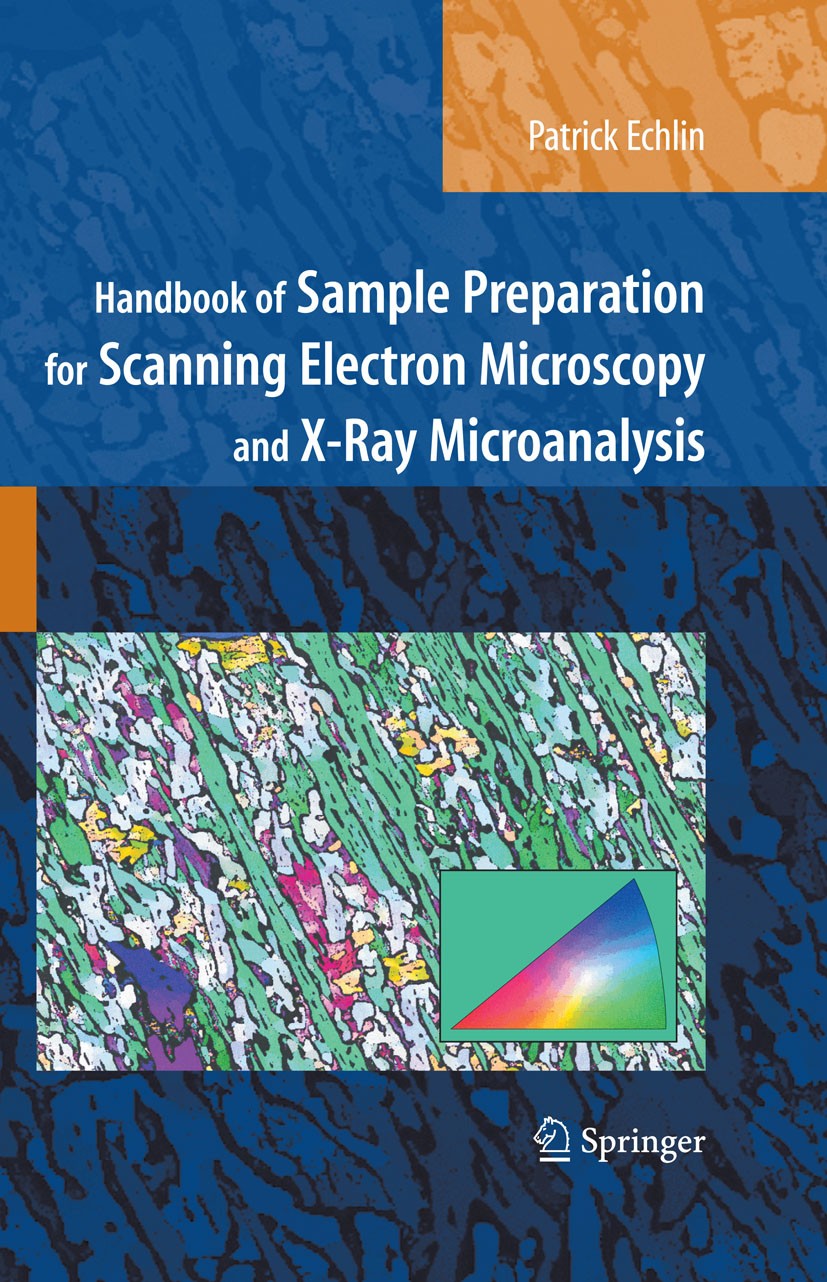| 书目名称 | Handbook of Sample Preparation for Scanning Electron Microscopy and X-Ray Microanalysis |
| 编辑 | Patrick Echlin |
| 视频video | http://file.papertrans.cn/423/422120/422120.mp4 |
| 概述 | Identifies problems that all specimens present in examining their structure and analysis in the SEM.Describes a series of protocols to ensure that a specimen is properly prepared once the particular p |
| 图书封面 |  |
| 描述 | Scanning electr on microscopy (SEM) and x-ray microanalysis can produce magnified images and in situ chemical information from virtually any type of specimen. The two instruments generally operate in a high vacuum and a very dry environment in order to produce the high energy beam of electrons needed for imaging and analysis. With a few notable exceptions, most specimens destined for study in the SEM are poor conductors and composed of beam sensitive light elements containing variable amounts of water. In the SEM, the imaging system depends on the specimen being sufficiently electrically conductive to ensure that the bulk of the incoming electrons go to ground. The formation of the image depends on collecting the different signals that are scattered as a consequence of the high energy beam interacting with the sample. Backscattered electrons and secondary electrons are generated within the primary beam-sample interactive volume and are the two principal signals used to form images. The backscattered electron coefficient ( ? ) increases with increasing atomic number of the specimen, whereas the secondary electron coefficient ( ? ) is relatively insensitive to atomic number. This fun |
| 出版日期 | Book 2009 |
| 关键词 | Inorganic Material; Metals, Alloys, and Metallic Materials; electron microscopy; microscopy sample prep |
| 版次 | 1 |
| doi | https://doi.org/10.1007/978-0-387-85731-2 |
| isbn_softcover | 978-1-4419-4674-4 |
| isbn_ebook | 978-0-387-85731-2 |
| copyright | Springer-Verlag US 2009 |
 |Archiver|手机版|小黑屋|
派博传思国际
( 京公网安备110108008328)
GMT+8, 2025-12-28 10:52
|Archiver|手机版|小黑屋|
派博传思国际
( 京公网安备110108008328)
GMT+8, 2025-12-28 10:52


